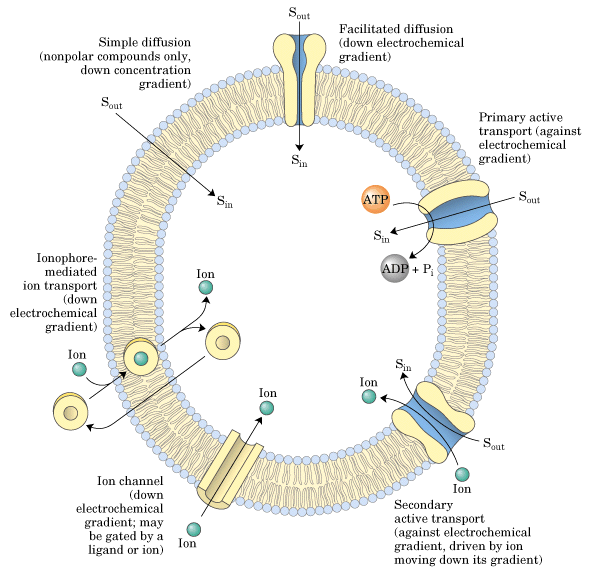
An inherited disease, cystic fibrosis is thought to affect about 30,000 Americans and is the most common, life-shortening genetic disease known. much of the population has heard the term cystic fibrosis, but few understand its meaning or consequences.Usually the earliest signs of cystic fibrosis include extremely salty-tasty skin, and extremely thick, sticky and copious mucus. The mucus causes blockages in the pancreatic duct and prohibits digestive enzymes from reaching the intestinal tract where they are normally used for digestion of fats. without the enzymes fats cannot be digested and are excreted in bulky, greasy stools, another hallmark sign of cystic fibrosis. Cystic fibrosis patients also suffer with chronic respiratory tract infections that include unrelenting coughing from the excess mucus in the lungs.as cystic fibrosis is inherited, there is little that can be done to reverse or cure this disease. instead, current treatment is focused on alleviating and decreasing as many of the symptoms as possible. Mucus clearing is of the utmost important so as to keep the airways clear. Antibiotics for lung infections, mucus thinning drugs and pancreatic enzyme supplements are among the most common cystic fibrosis treatments.a new hope for cystic fibrosis patients is slowly emerging, however. Scientists are finding and reporting that many of the mutations which may partially contribute to cystic fibrosis symptoms can be traced back to deformed or missing glycoconjugates1,2. For example, a mutation in the CFTR gene will produce an incorrect glycoprotein product. The mutated glycoprotein in turn results in the cellular chloride channel defects seen in cystic fibrosis2 – thus generating salty skin.Researchers believe that many of the symptoms of cystic fibrosis follow the same pattern: mutated gene produces a mutated glycoconjugate resulting in a defective cellular component.Recently researchers in lab experiments have confirmed that with the addition of glyconutrients, correct function was restored to defective CFTR in animal models with cystic fibrosis2. this is an extremely positive and encouraging step toward using glyconutrients for cystic fibrosis patients. other studies have focused on glyconutrients as well as antioxidants for cystic fibrosis2. The current trend is to conduct more research into the role glyconutrients play in cystic fibrosis patients. in the meantime, however, many patients are choosing to supplement their regimen with these plant based glyconutrients.1. what is Cystic Fibrosis2. Glyconutritionals: Implications in Cystic Fibrosis [glycoscience.org/glycoscience/start_frames.wm?FILENAME=G009&MAIN=glyconutritionals&SUB=disease]By Robert K. Murray, MD, PhD and Jane Ramberg, MS